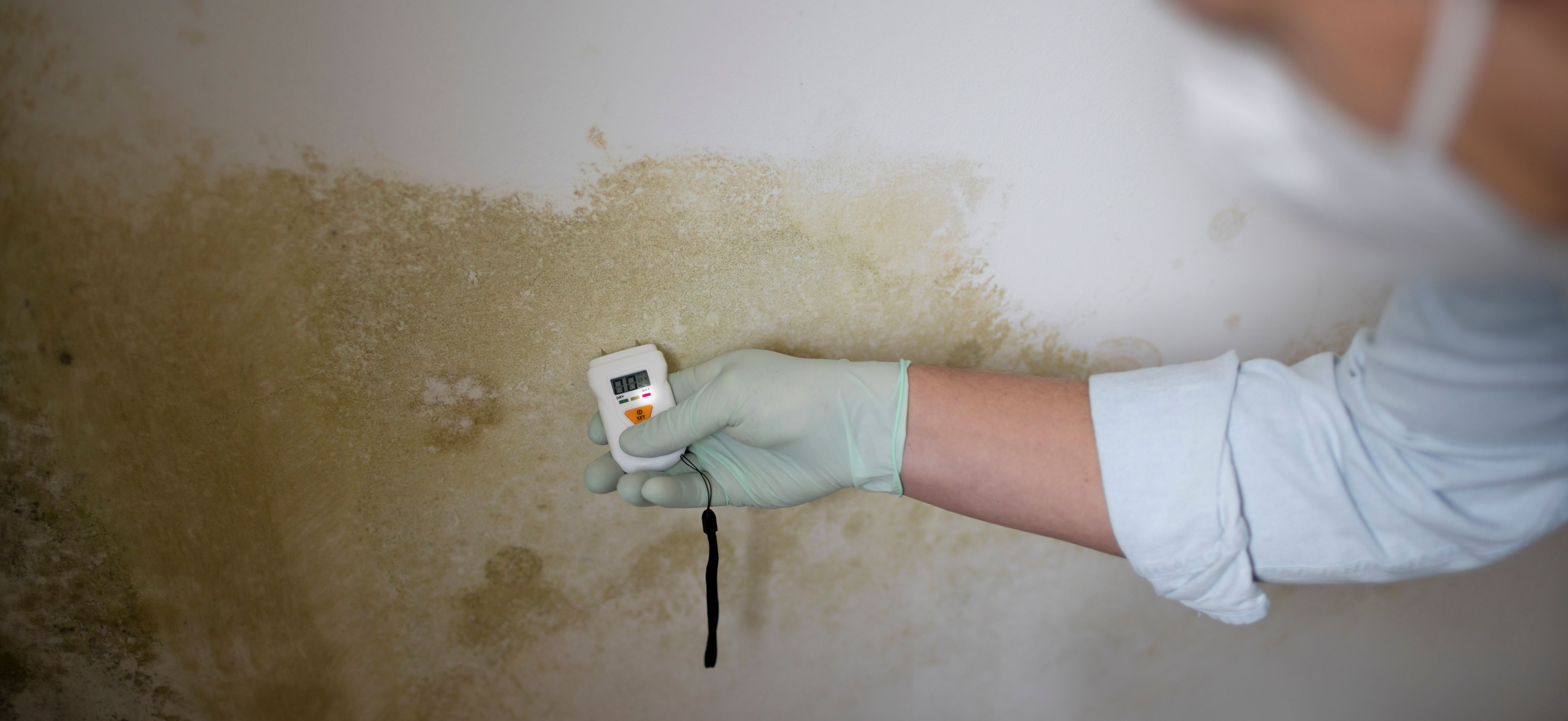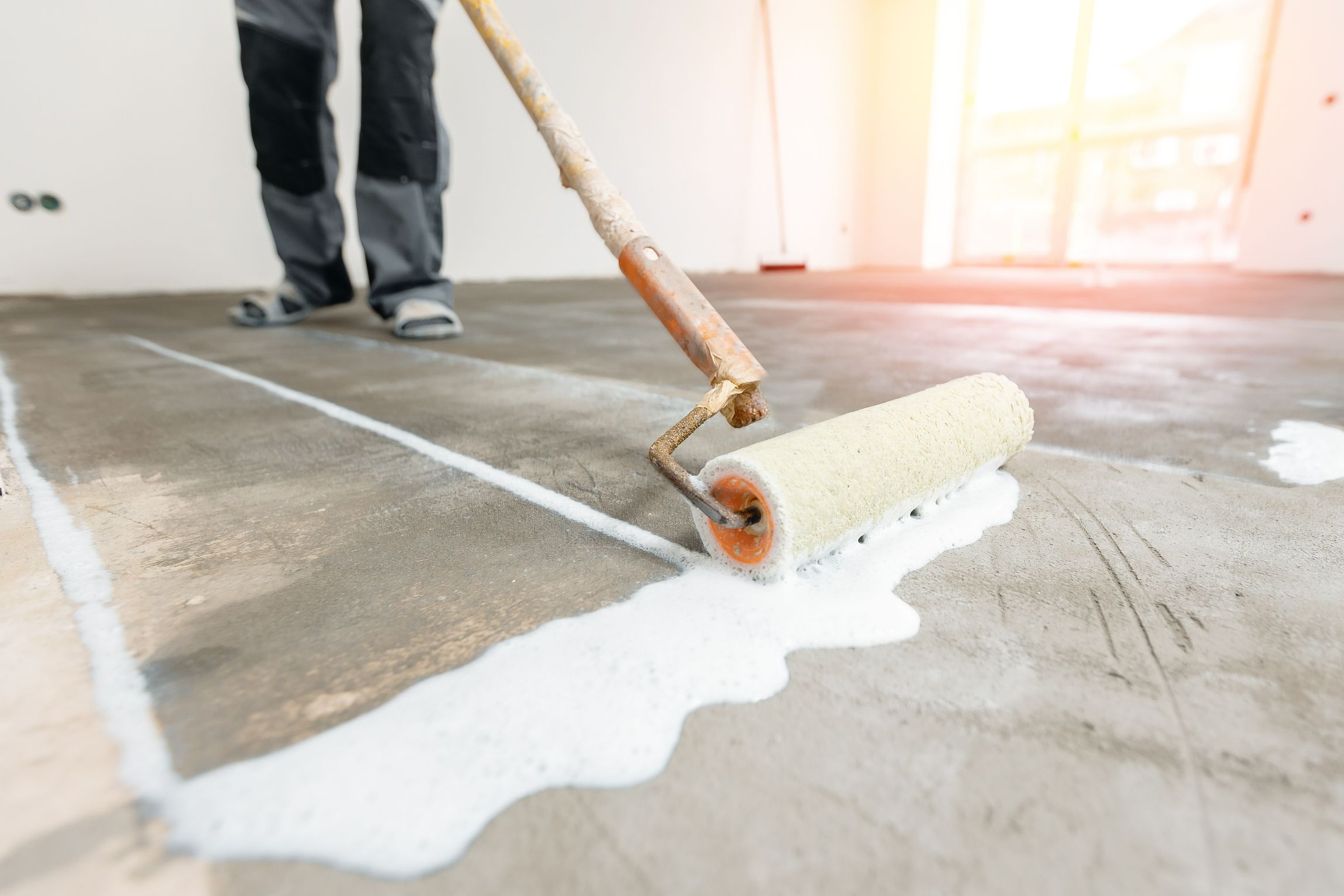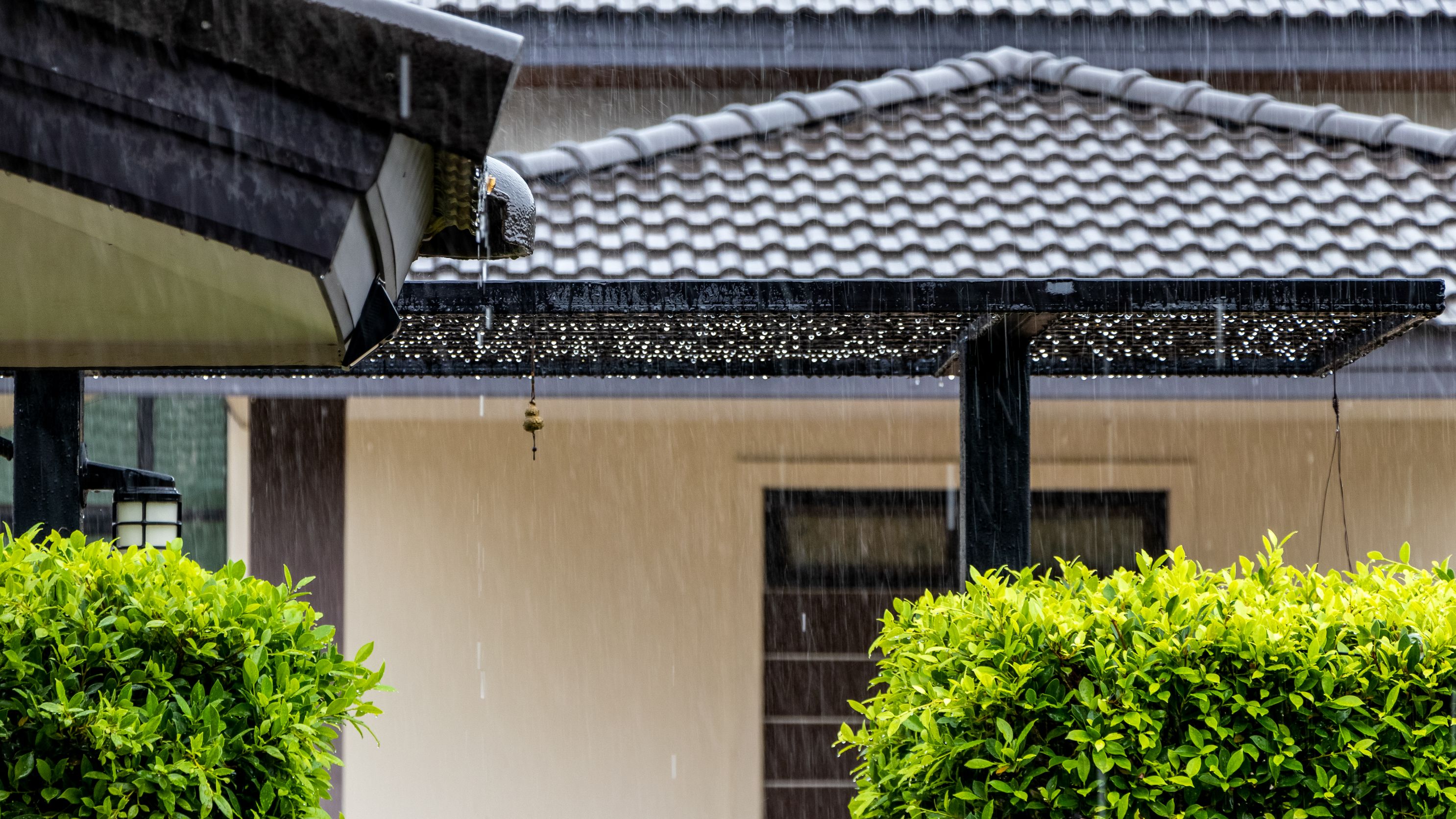What is Liquid Waterproofing?
Liquid waterproofing is the application of a liquid coating to surfaces to make the wall resistant to water penetration. This is frequently done to prevent moisture intrusion and water damage to various surfaces on buildings and other constructions. To preserve the durability and integrity of structures and to avoid problems like mould growth and deterioration, a liquid waterproofing membrane is often used in construction and repair projects.

Liquid Waterproofing vs. Other Waterproofing Methods:
Liquid waterproofing offers easy application is a versatile option that can be used on different surfaces, and requires less labor, time, and cost. Other methods include materials that can be more expensive and labor-intensive.
How Liquid Waterproofing Works
- Chemical Bonding and Sealing Mechanism:
Chemical bonding is used to make a durable bond for the waterproofing material to adhere to the surface. Whereas a sealing mechanism is used to create a continuous, resistant barrier in the crevices of the surface. Areas with joints and cracks are generally waterproofed with this. The sealing mechanism safeguards the surface, which is prone to water infiltration via gaps.
- Surface Penetration and Adhesion:
This refers to the ability of the waterproofing material to penetrate and interact with the pores, crevices, and imperfections on the surface.
- Curing and Solidification Process:
This process refers to the conversion of liquid or semi-liquid waterproofing material into a completely solid state. This conversion is a crucial step in making an effective waterproofing block to withstand water infiltration, environmental factors, and structural movement.
- Flexibility and Crack Bridging Properties:
This is the ability of the waterproofing material to accept structural movements and span microscopic breakages that may develop in the substrate over time. This is required to safeguard the long-term waterproofing effects of the surface.
Advantages of Liquid Waterproofing:
- Seamless Application and Coverage: Guarantees tough protection on the entire surface, thereby reducing vulnerabilities. It also provides a complete barrier in the crevices and minimizes the risk of water infiltration and leaks.
- Flexibility and Adaptability to Various Surfaces: It prevents breakage due to constructional movements and maintains effectiveness on uneven or shifting substrates.
- Long-lasting Waterproofing Solution: It reduces regular maintenance and costly repairs over time. It helps to extend the lifespan of the construction by providing durable protection from water damage.
- Minimal Disruption to Structures: It not only minimizes the disturbance that occurs during the installation process but also allows installation without many alterations or removals.
- Excellent crack bridging and elasticity: This helps in leveling the cracks and imperfections, ensuring a complete barrier to water infiltration. It can survive structural shifts, vibrations, and various climatic conditions without compromising its effectiveness.
- Cost-effective and time-efficient: It offers economic benefits by reducing labor and installation costs as it has a streamlined application process.
Applications of Liquid Waterproofing
- Roof Waterproofing: It is applied to roofs to protect the shelter from leakages during rain, snow, and other weather conditions. Its flexibility accounts for thermal expansion and contraction in exposed roofs.
- Basement Waterproofing: It prevents groundwater from entering the foundation walls and causing dampness or flooding. It combats cracks and moisture in below-grade areas. Berger’s Moisture Metre can help gauge the percentage of moisture.
- Terrace Waterproofing: It prevents water-related deterioration of terraces by liquid waterproofing the contours of the terrace.
Different Liquid Waterproofing Materials
- Polyurethane Liquid Waterproofing: To create a durable, UV-resistant, and flexible membrane, a mixture of polyol and isocyanate components is used.
- Acrylic Liquid Waterproofing: Here, water-based acrylic polymers are used to safeguard the roofs and walls. They are available in various colours to give them aesthetic appeal.
- Cementitious Liquid Waterproofing: Here cement, sand, and polymer additives are used. Suitable for basements and areas in need of thicker waterproofing, where flexibility is not a prime concern.
Challenges and Considerations
Liquid waterproofing should allow structural shifts, as a lack of flexibility may lead to the development of crevices and water leakage. Improper cleaning and surface irregularities can affect the bonding of the adhesion and compromise performance, as proper substrate preparation is a tedious task. Inconsistent and inaccurate application techniques may result in weak points.
It is advised to consider certain elements when opting for liquid waterproofing. Material selection is done based on application, exposure conditions, substrate type, and properties like UV resistance, flexibility, and breathability. Timely inspections during and after the application ensure uniform coverage, identify defects, and validate adhesion. Berger professionals can help with the application technique and the waterproofing methods for long lasting effects.
Maintenance of Liquid Waterproofing
Regular checkups for crevices, peeling, or damages can prevent water infiltration. Surfaces should be cleaned regularly to prevent debris buildup, which might affect the waterproofing layer. To prevent degradation of the surface, apply UV-resistant coatings. Consult an expert from Berger to address any damages.
Conclusion:
Perfect application and complete coverage are key factors in achieving perfection and a durable waterproofing system. Liquid waterproofing services offer effective protection, structural integrity, and reliability.
FAQs:
Can liquid waterproofing be used in specialized areas like swimming pools or wet areas?
Yes, it can be used in swimming pools and wet areas.
How does the cost of liquid waterproofing compare to traditional methods?
Liquid waterproofing is more cost-effective as compared to traditional methods, considering labour cost, installation time, product quality, and other factors.
Can liquid waterproofing be applied as a DIY project?
Yes, it can be used; however, proper guidance and expert advice are important in the case of crucial projects.
Does liquid waterproofing prevent cracks from forming in structures?
Yes, to some extent, by providing a flexible block against water infiltration.
Is liquid waterproofing environmentally friendly?
Liquid waterproofing products vary in terms of environmental friendliness; some are designed using water-based formulas and less harmful chemicals.



 Get in Touch
Get in Touch
